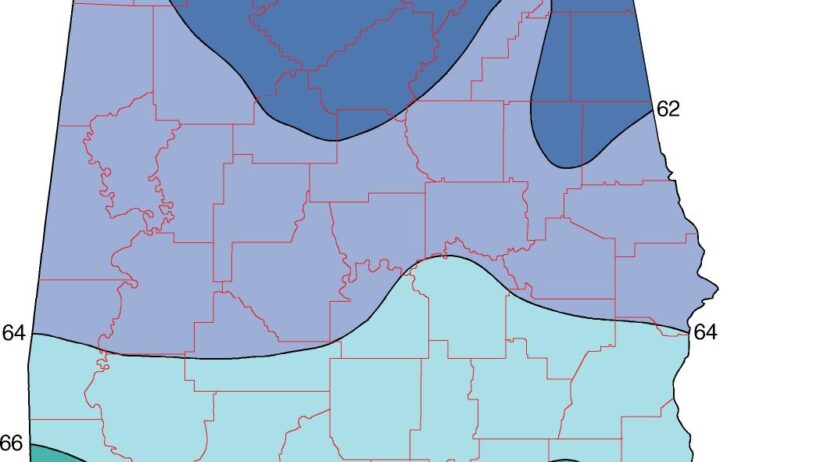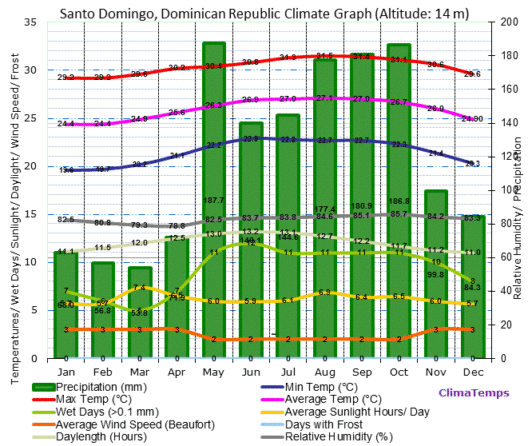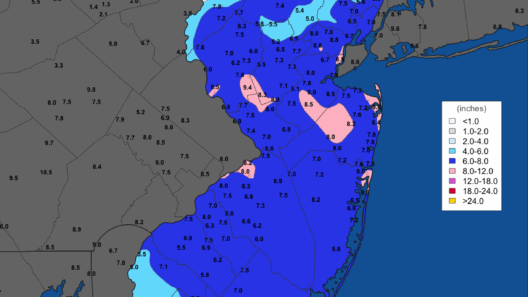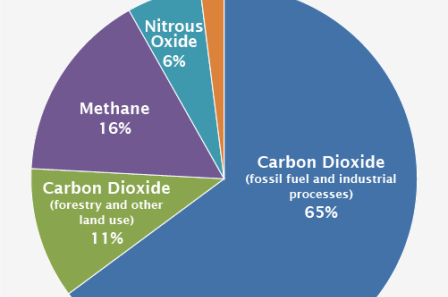Alabama’s climate is emblematic of the challenges and nuances associated with southern weather patterns, characterized by sweltering heat and marked humidity during the summer months. Understanding the intricate details of Alabama’s climate is imperative for residents and policymakers alike, as it shapes both the natural ecosystem and social practices within the state.
Situated in the southeastern United States, Alabama experiences a humid subtropical climate, which manifests distinctively across different regions. The southern latitude and proximity to the Gulf of Mexico infuse the state with moist air streams that significantly influence its seasonal weather variations. To fully grasp the climate, one must delve into the patterns of temperature, precipitation, and seasonal shifts.
Summers in Alabama are notoriously hot and humid, with temperatures often ascending into the upper nineties Fahrenheit (37 degrees Celsius). The oppressive heat is aggravated by a high humidity index, frequently exceeding 80%. This combination creates a distinct mugginess that envelops the air, making outdoor activities arduous without adequate hydration or protection from the sun. Such climatic conditions have led to an increase in heat-related illnesses, raising public health concerns in the community.
Not only the heat but the prevalence of severe thunderstorms and tornadoes also defines Alabama summers. The warm, humid air acts as a breeding ground for storms, especially during the peak months of June, July, and August. Thunderstorms can escalate suddenly, prompting warnings from the National Weather Service and forcing residents to take precautionary measures. This volatility highlights the necessity for comprehensive weather preparedness strategies, particularly in vulnerable areas prone to extreme weather events.
In stark contrast, Alabama’s winters are relatively mild, but this does not negate their complexity. Average January temperatures hover around the low forties Fahrenheit (5–10 degrees Celsius), with the northern regions experiencing slightly cooler conditions. Occasional cold fronts can arrive, bringing wintry mix and even snow, although these events are infrequent. The interaction between cold air masses and the prevailing warm moisture can sometimes precipitate unexpected winter storms, challenging both residents and infrastructure.
Precipitation in Alabama is another crucial aspect of its climate. The state receives an average of 55 to 60 inches (140 to 150 cm) of rainfall annually, with the majority falling during the winter and spring months. Thunderstorms contribute substantially to this figure, often resulting in heavy downpours that can lead to flooding in susceptible areas. The lush vegetation and diverse ecosystems across Alabama thrive on this ample rainfall, but such deluges necessitate vigilant urban planning to mitigate flooding-related hazards.
Analyzing Alabama’s climate in light of climate change initiatives can provoke a fascinating discourse. As temperatures continue to rise globally, the implications for Alabama’s already warm summers could be profound. Prolonged heatwaves may become more common, exacerbating public health challenges, threatening local agriculture, and straining water resources. The pressures on agriculture, a cornerstone of Alabama’s economy, are galling; crops that flourish under current climatic regimes may falter as shifts in weather patterns emerge.
Moreover, rising sea levels along the Gulf Coast could represent an existential threat to coastal communities in Alabama. Underlying infrastructure—homes, businesses, and public facilities—faces a heightened risk of flooding and erosion, demanding an agile response from local governments. Developing resilience strategies not only ensures that communities are safeguarded against immediate threats but also addresses long-term ecological stability.
Despite these formidable challenges, there exists a burgeoning sense of activism in Alabama regarding climate awareness and sustainability. Community-driven initiatives are springing up, focusing on promoting local farming practices that adhere to environmental conservation principles, enhancing public transportation options to reduce vehicular emissions, and fostering urban gardens that yield food self-sufficiency.
Transitioning the narrative from passive acceptance of climatic challenges to active engagement in sustainability can spur cultural shifts. Educational programs that inform citizens about climate change, its effects, and mitigation strategies are gaining traction. This shift not only piques curiosity but encourages individuals to contribute to solutions, fostering a more profound community connection to the environment.
In conclusion, the climate of Alabama serves as both a vivid illustration of southern weather phenomena and a platform for urgent conversations around climate change and adaptation. The exacerbations of heat and humidity during the summers portray a landscape intricately intertwined with both natural and human elements. As the state grapples with the implications of a shifting climate, fostering awareness and promoting sustainable practices may redefine the Alabamian experience, steering communities toward resilience and environmental stewardship.
Understanding Alabama’s climatic vulnerabilities and embracing proactive strategies can lead to a harmonious relationship with the environment, ensuring a sustainable future for generations to come. The challenge lies not only in confronting interwoven meteorological phenomena but also in galvanizing individuals into action, driving the critical discourse on how to safeguard the intricate tapestry of life in Alabama.








